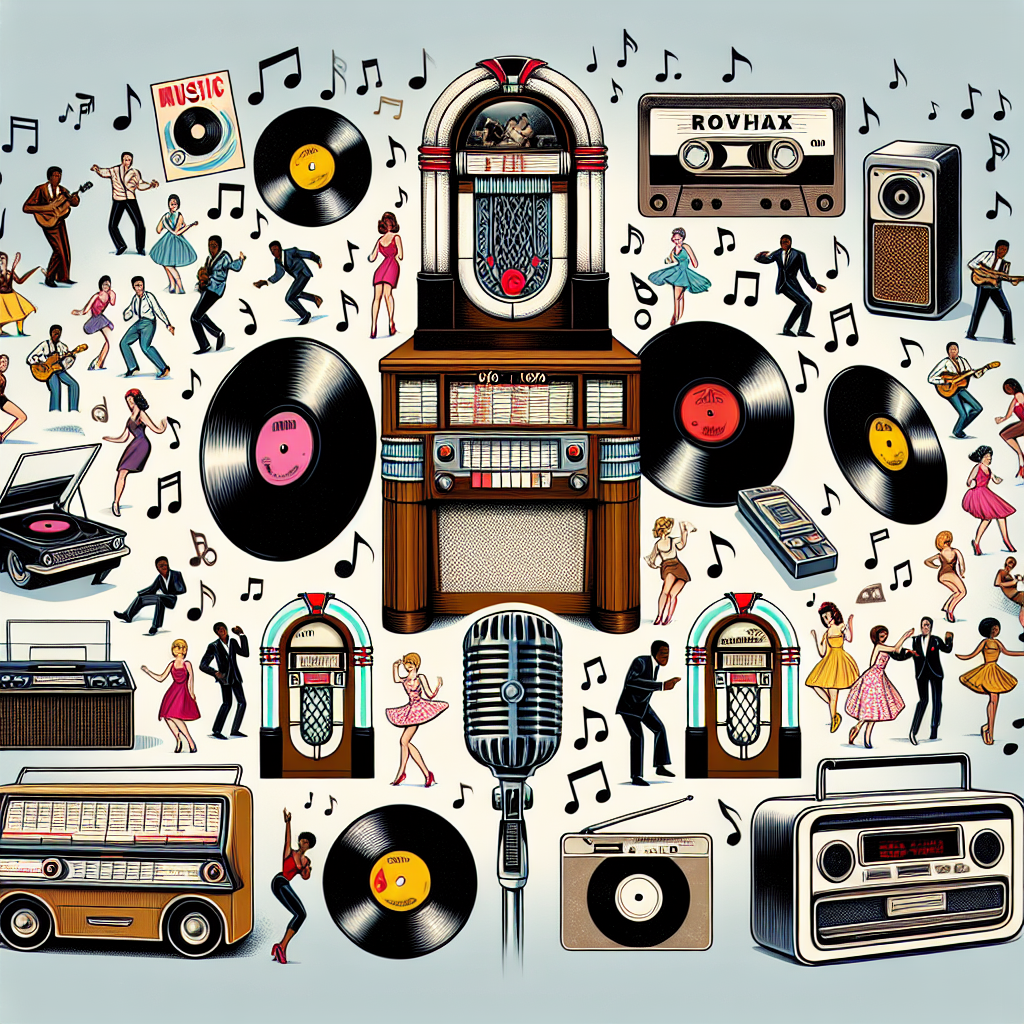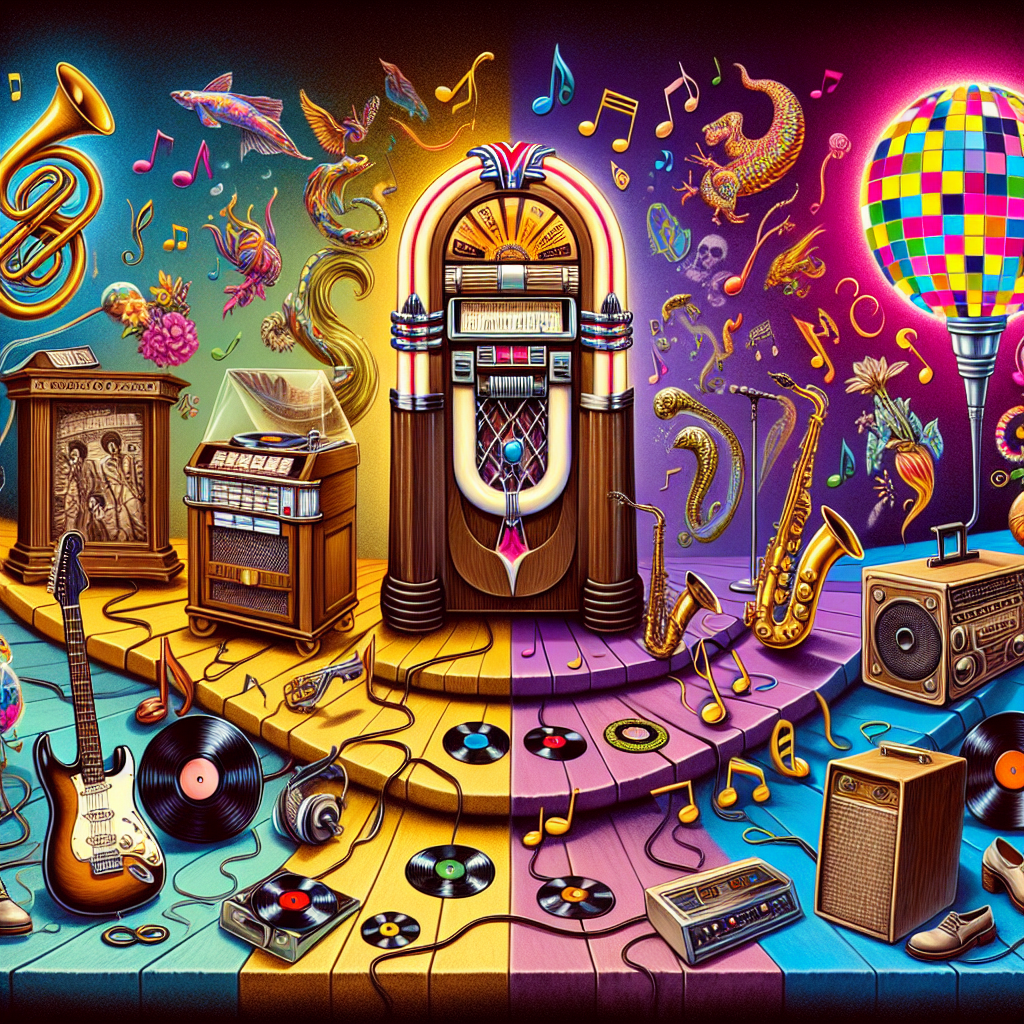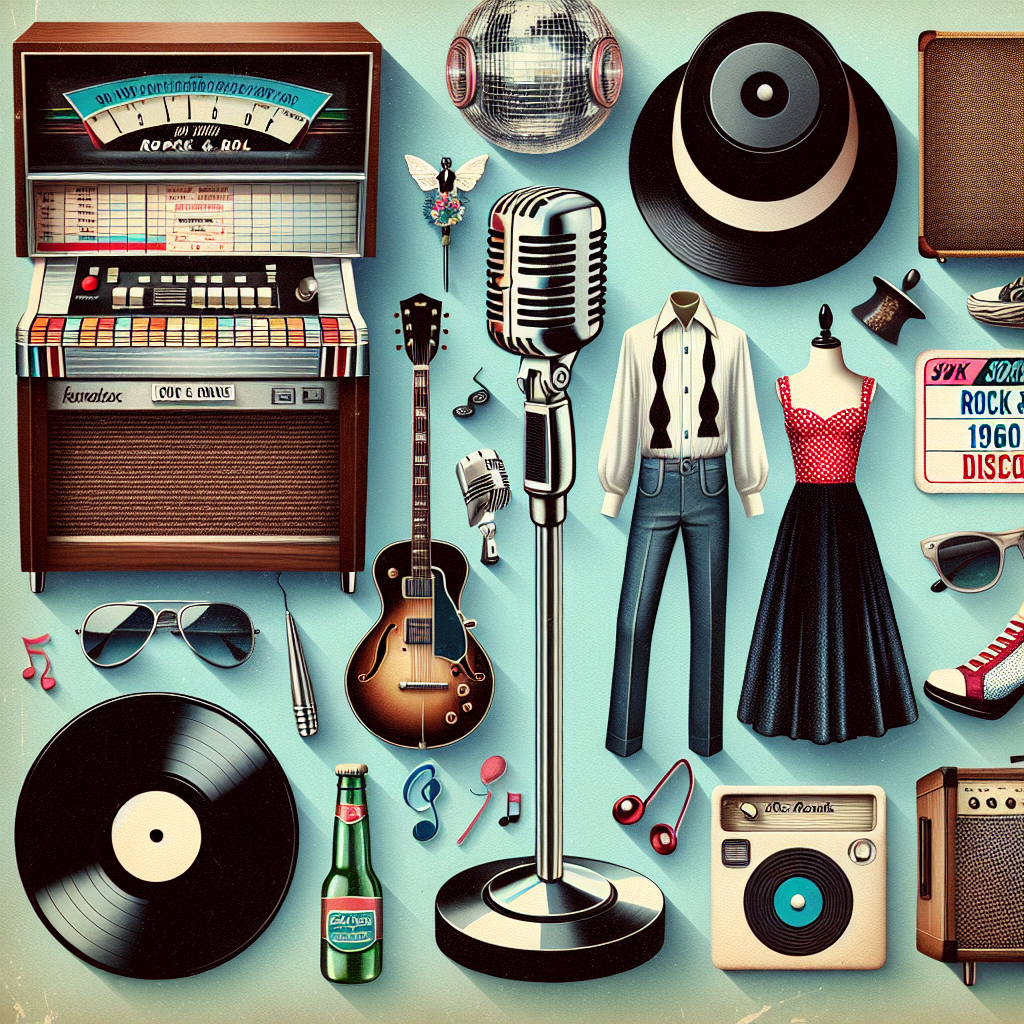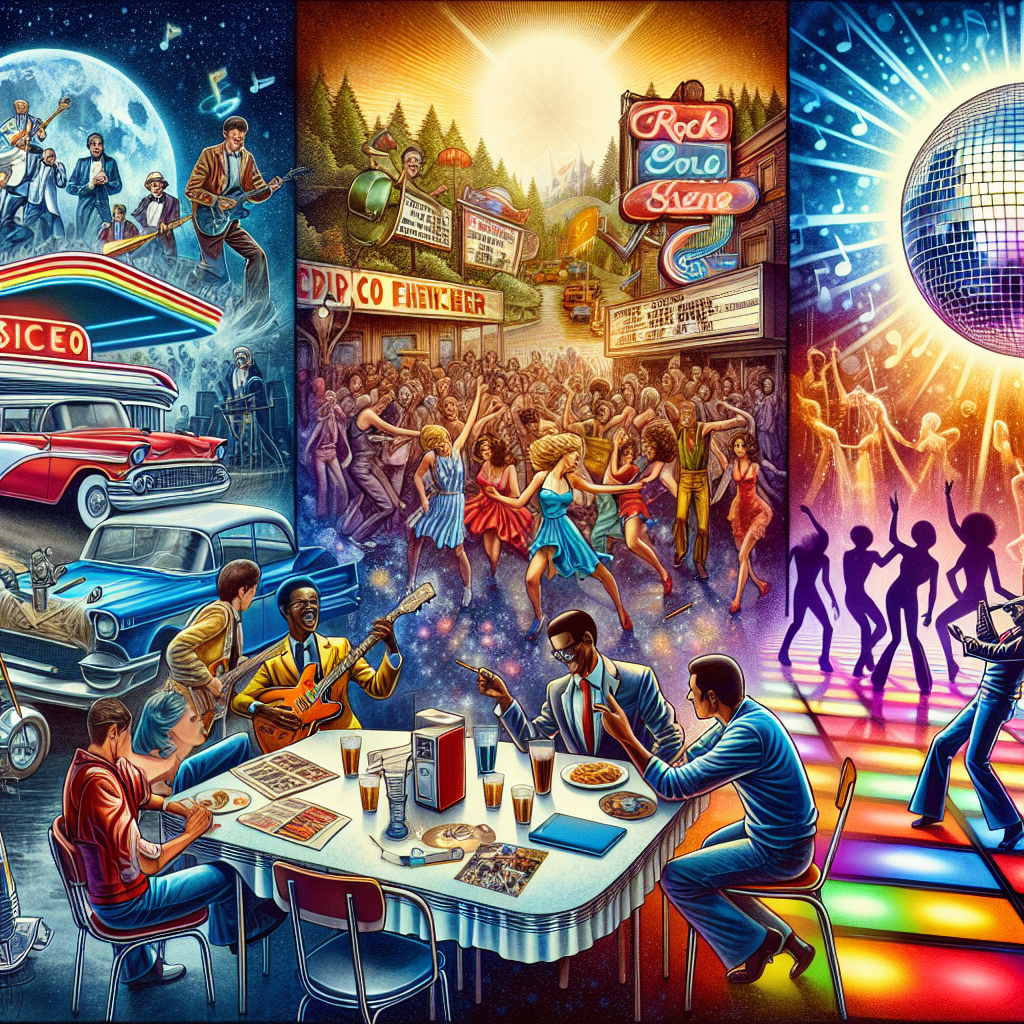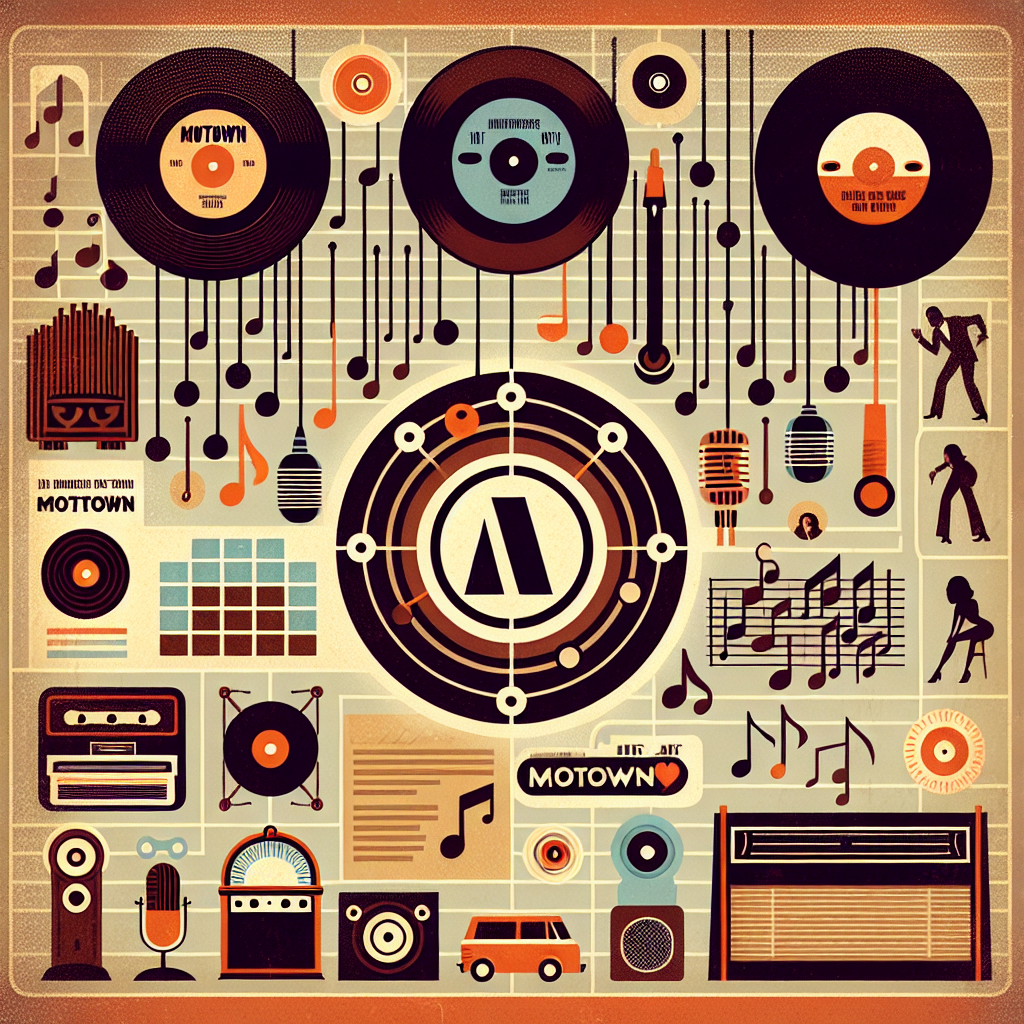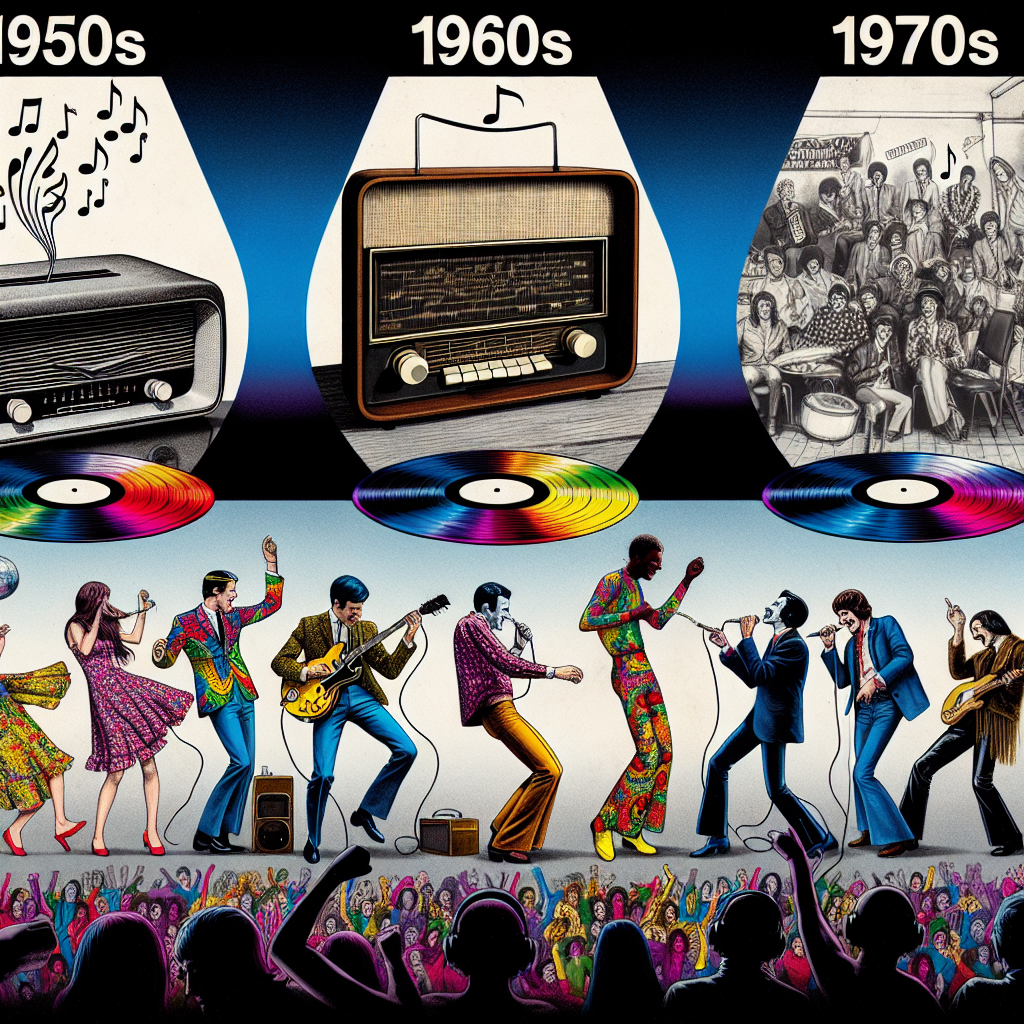Woodstock was a cultural revolution in music of the 60’s that not only changed the way we listen to music, but also influenced our culture, fashion, and technology. The iconic music festival held in 1969 was a turning point for the youth of that era, as they came together to celebrate peace, love, and music.
The music at Woodstock was a mix of rock, folk, blues, and psychedelic sounds that defined the counterculture movement of the 60’s. Artists like Jimi Hendrix, Janis Joplin, The Who, and Crosby, Stills, Nash & Young performed legendary sets that captured the spirit of the times. Their music spoke to a generation that was disillusioned with war and politics, and sought solace in the power of music.
Politicians at the time were wary of events like Woodstock, fearing that they would incite rebellion and unrest among the youth. However, what they failed to realize was that Woodstock was not about causing trouble – it was about coming together in peace and harmony. The festival proved that music had the power to unite people from all walks of life and create a sense of community.
Woodstock also had a major impact on fashion trends of the 60’s. The bohemian style seen at the festival – long flowing skirts, fringed vests, tie-dye shirts – became synonymous with the hippie movement. This carefree and laid-back approach to fashion reflected the values of peace and love that were central to Woodstock.
Technology played a key role in making Woodstock possible. The organizers had to overcome numerous challenges – from securing a location to setting up stages and sound systems for over 400,000 attendees. Despite these obstacles, they managed to pull off one of the largest music festivals in history. The innovations in sound technology used at Woodstock paved the way for future music festivals and concerts.
Overall, Woodstock was more than just a music festival – it was a cultural phenomenon that shaped an entire generation. It showed us the power of music to bring people together and create positive change in society. The legacy of Woodstock lives on today through its influence on music, fashion, and technology.
